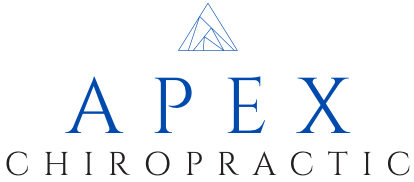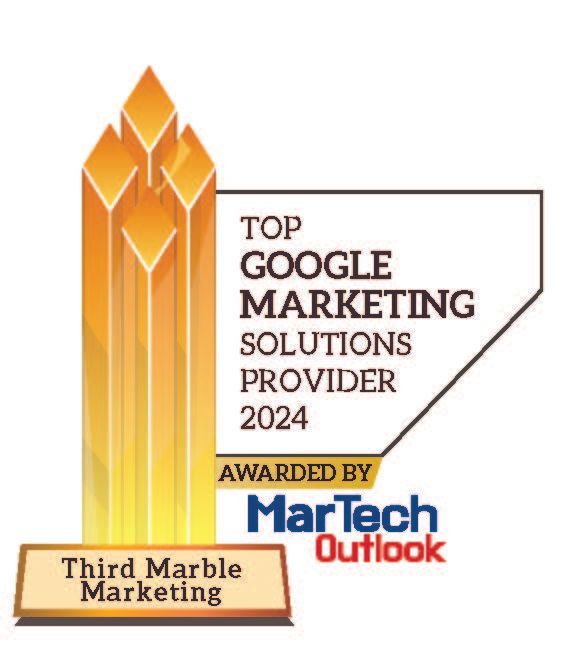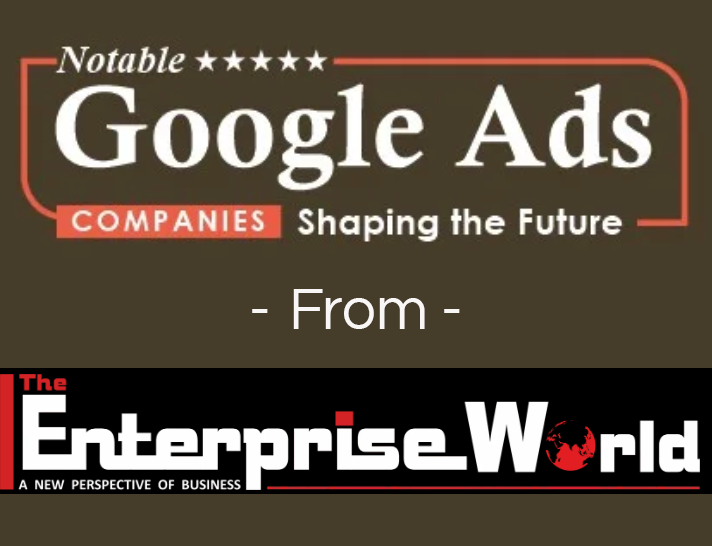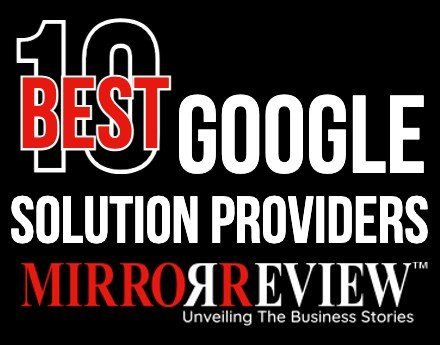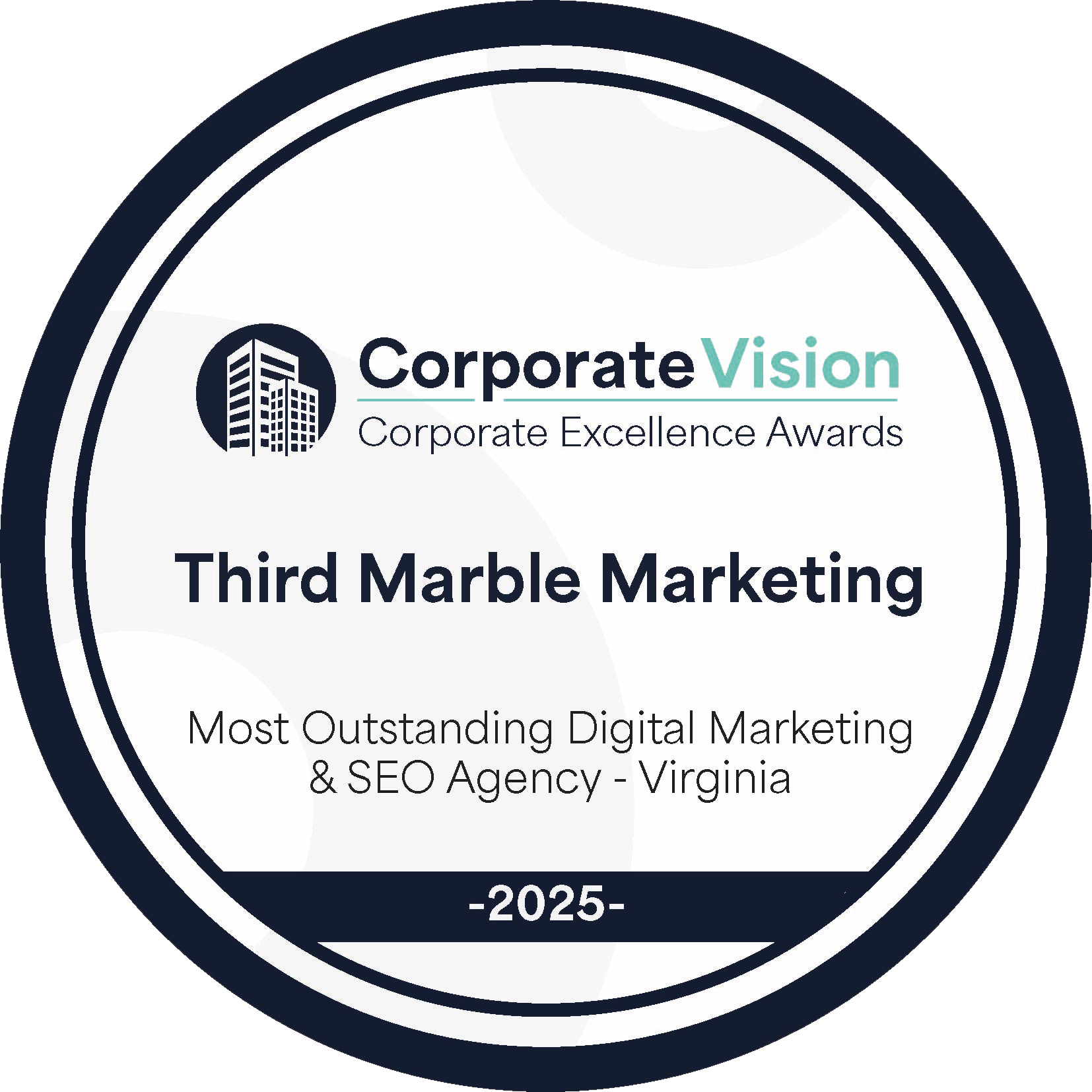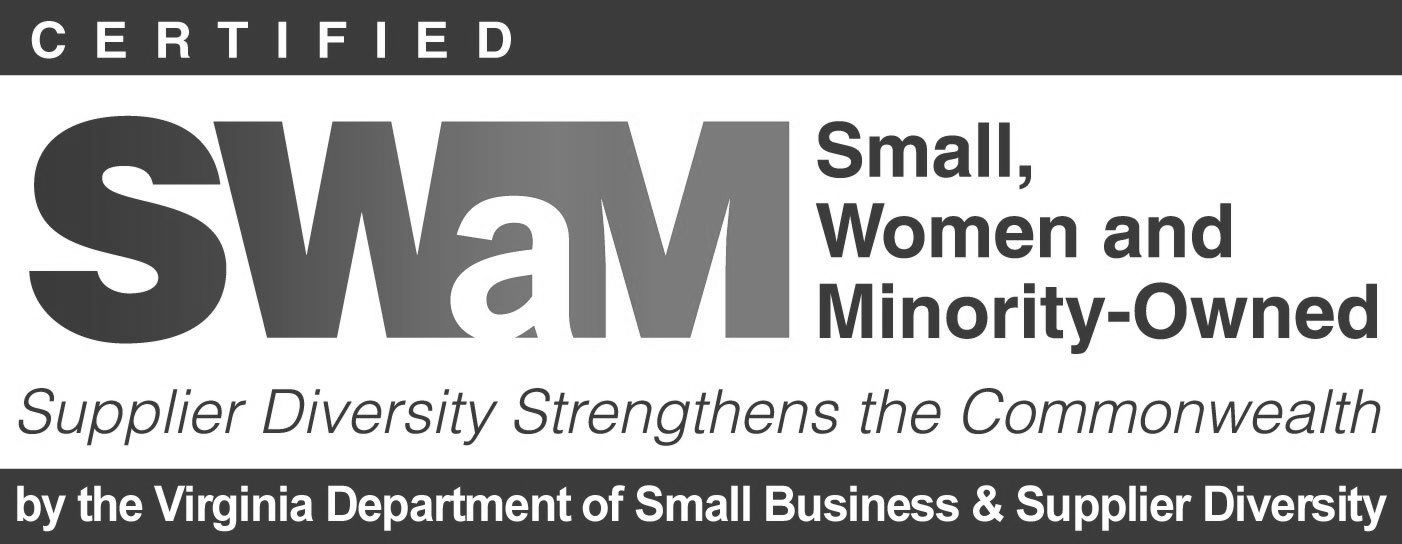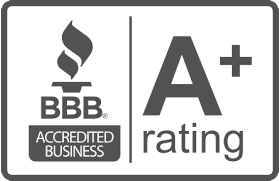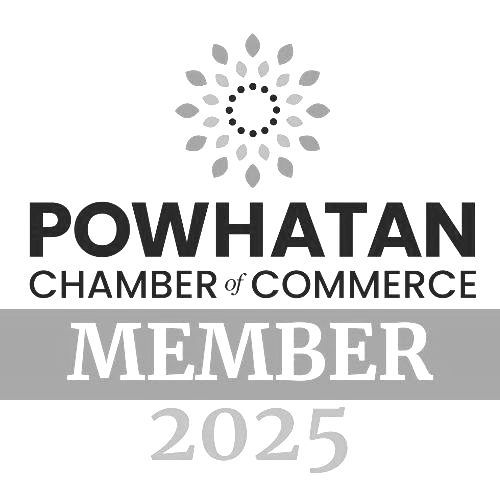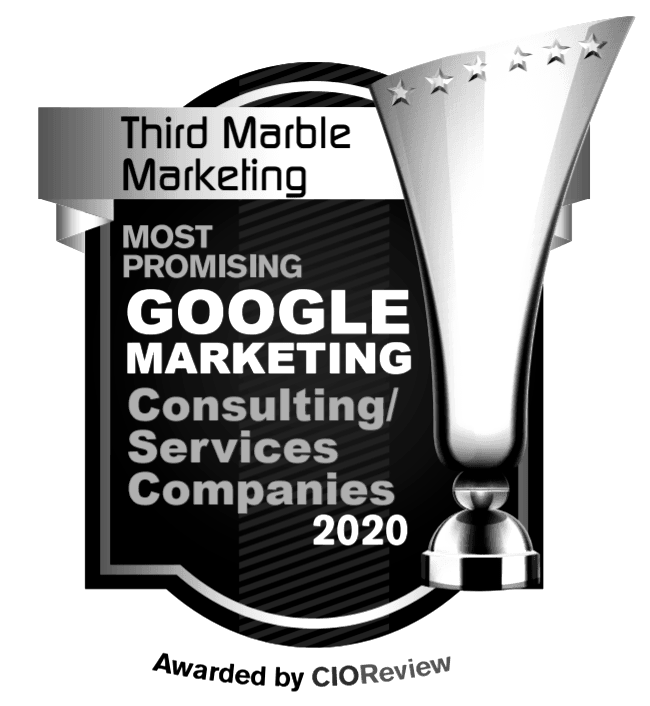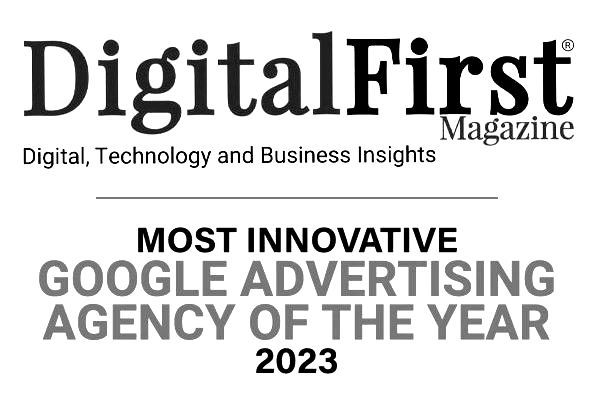Google's New Content Update - Will It Affect Your SEO Rankings?
Guiding Principle: First … Serve Searchers … Not Rankings

Not Surprising … Another Google Algorithm Change
That said, this one promises to be one of the most significant changes in over a decade. The issue at hand is triggered by Google searchers’ reported frustrations when they land on web pages that don’t live up to their expectations for valuable information, instead they encounter content designed for SEO rankings.
Google’s answer is their new Helpful Content Update. The objective is to identify content that seems to be primarily created for ranking well in search engines to the detriment of people seeking valuable help and information. The update will target unoriginal, low-quality content and curb ranking highly in Google Search. That means searchers will enjoy high quality content consistent with their search goals.
Google wants to reward better and more useful content that was written for humans and to help users.
Initial testing by Google yields positive search results in online education, arts and entertainment, shopping and tech-related content. The indication is that those search topics may exhibit more positive impact by this Helpful Content Update than other search subjects.
Google offers this example of how the update will impact your search for info about a new movie. “You might have previously seen articles that aggregated reviews from other sites without adding perspectives beyond what’s available elsewhere. This isn’t very helpful if you’re expecting to read something new. With this update, you’ll see more results with unique, authentic information, so you’re more likely to read something you haven't seen before.”
Bottom-line … online marketers need to have a conversation with their website content provider to ensure that content is written with the intent to be helpful to readers. Websites featuring written content or that generated by artificial intelligence (AI) designed to JUST rank well on search engines will endure punishment from Google in how the site ranks on searches.
Problem & Punishment
As you see from the above, this is a significant change initiated by Google as it seeks to maintain its premier position as one of the top search engines.
Since the change is now in effect, be aware of any unusual dip or drastic changes in your SEO rankings. If you experience unexpected deviations, examine your content … website visitor-centric or intended to drive your Google rankings?
Earlier this year, Third Marble raised a red-flag in our article regarding Google’s announcement that content generated automatically using AI writing tools violates Google’s Webmaster Guidelines … and would be penalized by their webspam team. That means if your website is caught with AI produced content, you may suffer a sudden drop in your website traffic coupled with a corresponding decline in rankings. Apparently, this bit of news was a precursor to the Helpful Content Update.
Google admits to making about 3,000 changes a year … most are small and not considered SEO oriented algorithm updates. Not so with the Helpful Content Update! It is a major change that will have a sitewide impact.
Typically, Google algorithm updates are applied on a page-by-page basis. This latest update does not just impact individual pages or sections of your site … it generates a ripple-effect throughout your site. That means that if a significant amount of your content is deemed unhelpful, even helpful content sections of your site will suffer. In contrast, Google acknowledged that, “removing unhelpful content could help the rankings of your other content.”
Google is using a new machine learning algorithm that can evaluate and identify unhelpful content. Additionally, it anticipates the results should become increasingly accurate as Google engineers improve the algorithms on a regular basis. This algorithm is in place now and runs automatically.
Note: If your site gets hit by this update, you may experience several months for your site to recover. Google requires proof over time that published content is not intended with the sole reason to rank in search engines … and that will take time. How much time? According to Google:
“Sites identified by this update may find the signal applied to them over a period of months. Our classifier for this update runs continuously, allowing it to monitor newly launched sites and existing ones. As it determines that the unhelpful content has not returned in the long-term, the classification will no longer apply.”
Solutions
The following questions are provided by Google for you to analyze your content to ensure it is likely to be rewarded by the Helpful Content Update.
Questions to build human-first content:
- Do you have an existing or intended audience for your business or site that would find the content useful if they came directly to you?
- Does your content clearly demonstrate first-hand expertise and a depth of knowledge (for example, expertise that comes from having actually used a product or service, or visiting a place)?
- Does your site have a primary purpose or focus?
- After reading your content, will someone leave feeling they’ve learned enough about a topic to help achieve their goal?
- Will someone reading your content leave feeling like they’ve had a satisfying experience?
- Are you keeping in mind our guidance for core updates and for product reviews?
Questions to avoid search-engine first content:
- Is the content primarily to attract people from search engines, rather than made for humans?
- Are you producing lots of content on different topics in hopes that some of it might perform well in search results?
- Are you using extensive automation to produce content on many topics?
- Are you mainly summarizing what others have to say without adding much value?
- Are you writing about things simply because they seem trending and not because you’d write about them otherwise for your existing audience?
- Does your content leave readers feeling like they need to search again to get better information from other sources?
- Are you writing to a particular word count because you’ve heard or read that Google has a preferred word count? (No, we don’t).
- Did you decide to enter some niche topic area without any real expertise, but instead mainly because you thought you’d get search traffic?
- Does your content promise to answer a question that actually has no answer, such as suggesting there’s a release date for a product, movie, or TV show when one isn’t confirmed?
Conclusions
Clearly, there is much that Google has initiated, and will continue to launch, enhancements that improve the quality and outcomes of Google Searches for website visitors. The key for online-marketers is to be at the tip of the learning curve as these changes are rolled out.
TMM, as a Google Partner is privileged to current and anticipated refinements. That means we can keep your digital marketing on the cutting edge of conversion success.
If you’re looking for help to update your website content, we recommend the following local business:
A focused, continuing effort to perfect your local SEO is critical.
Now your choices are do-it-yourself or invest in a third-party seasoned service provider for assistance. It is likely that you are already wearing several hats as a business owner and adding yet another marketing analytics responsibility is probably not an attractive option.
By hiring a team of Google experts for your SEO or Google Ads management, you will ensure that your SEO or Google Ads results are always accurate and current with all major Google updates.
Third Marble Marketing - Google Ads & SEO Tips, Tricks and Case Studies






